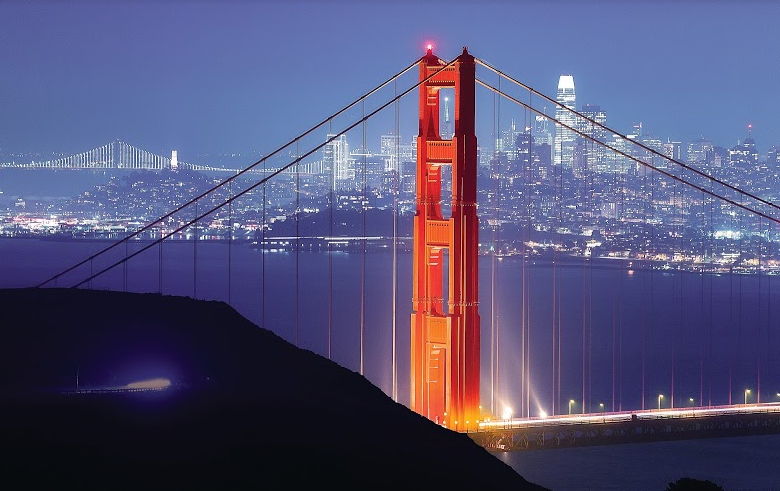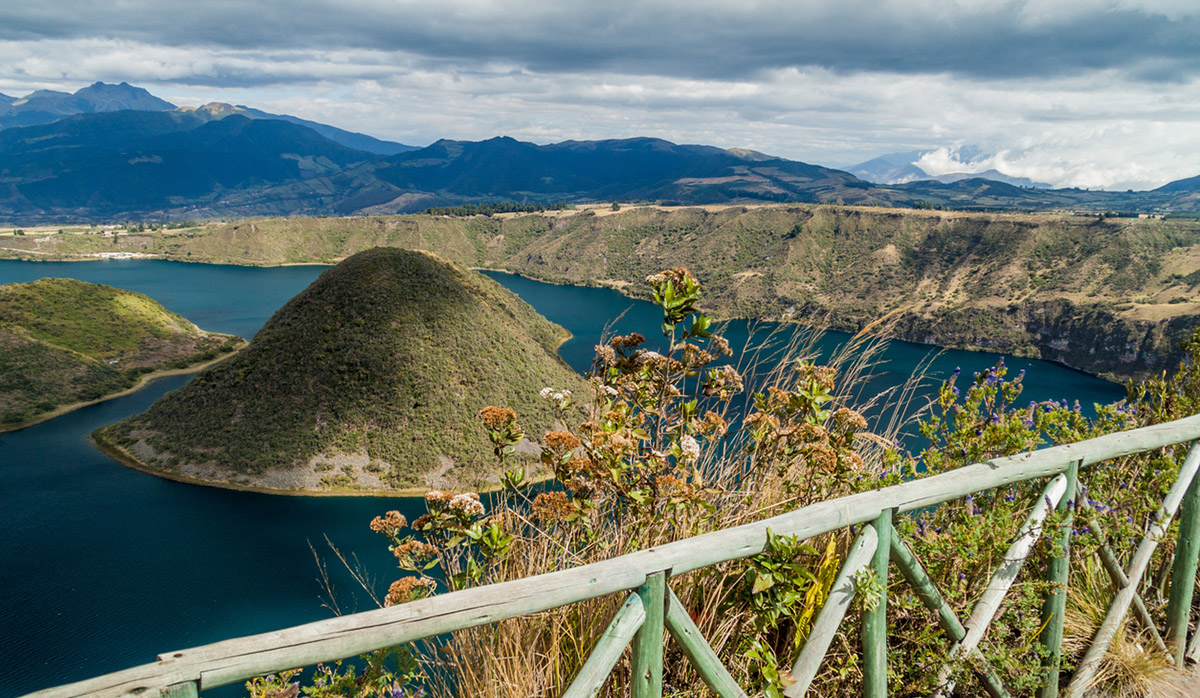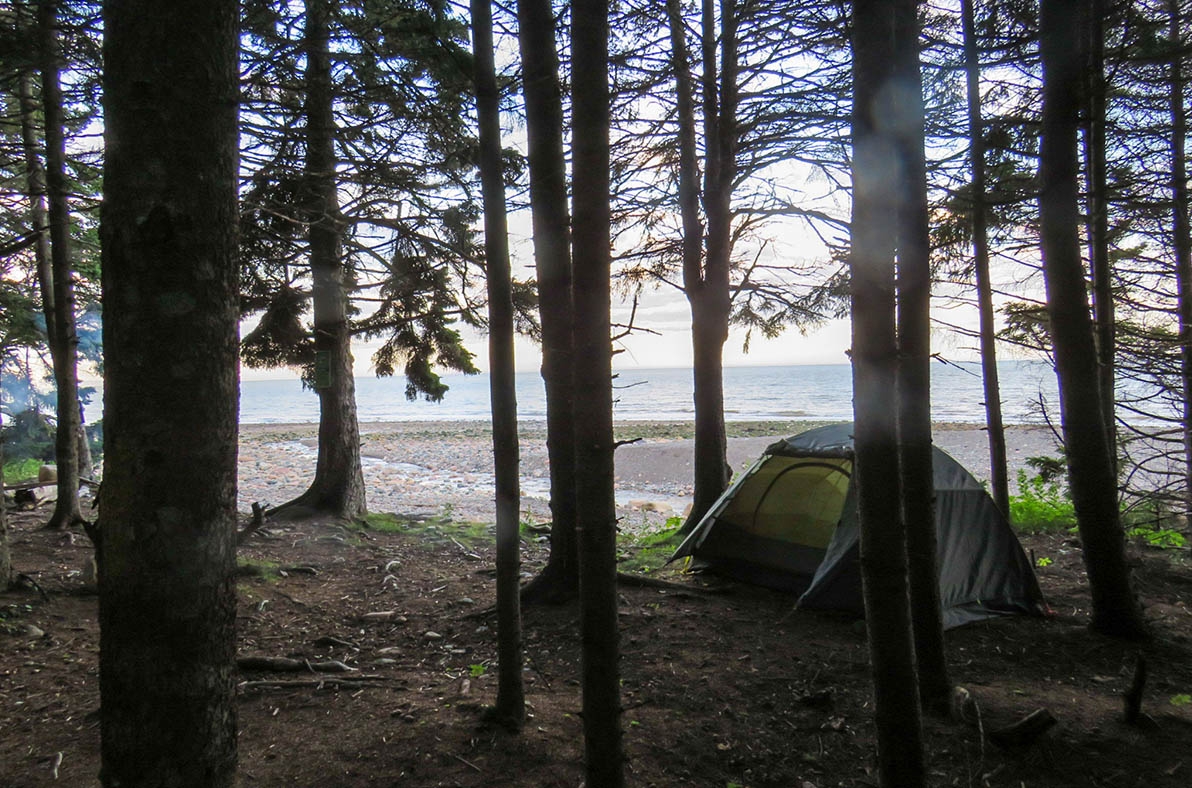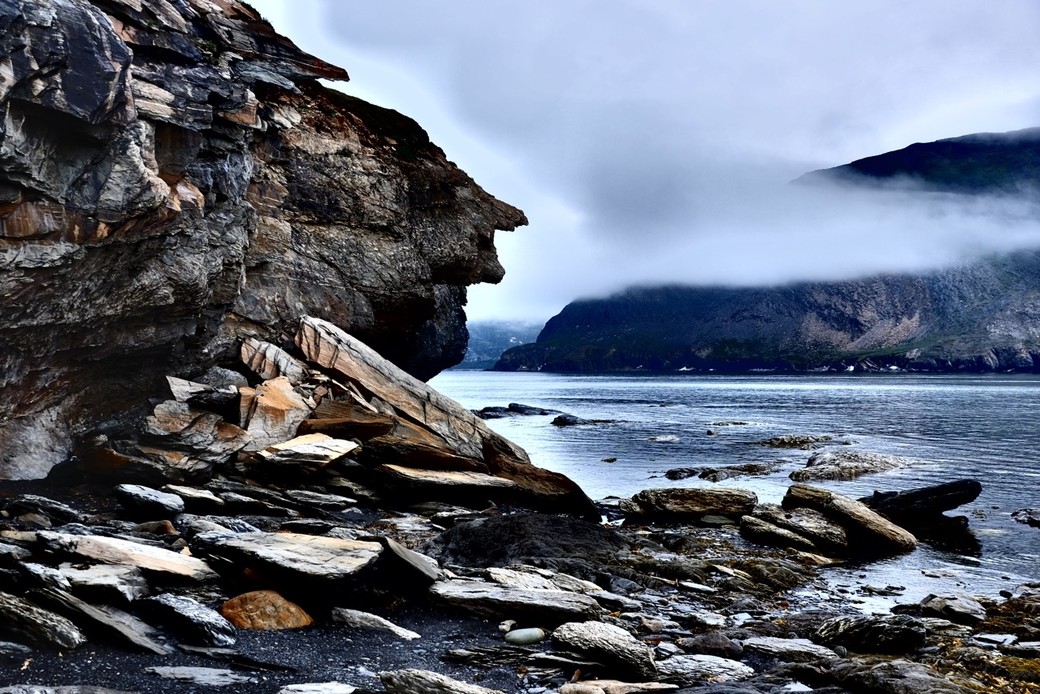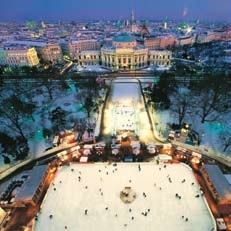
Vienna
I knew as soon as I stepped on the Austrian Airlines plane that this was going to be a great trip. The airline staff in their classy red outfits were genuinely friendly and made a bit of a fuss over my daughter. Their motto is “we fly for your smile” and my daughter was already beaming.
Arriving at Vienna Airport, we took the 16 minute City Airport Train (CAT) to city centre (www.cityairporttrain.com) and found our way, to our hotel located in the 7th district. Also called Spittelberg, this area is famous for its artistic flair and is known for its proximity to Vienna’s great museums. As we walked the final block from the subway stop to the hotel, a dusting of snow covered the city. People were dotting in and out of the numerous espresso shops and cafés as the city came alive. Vienna was waking in all its winter splendour and we were pretty excited that we would have 6 days to learn more about its charms.
We checked in the Hotel Altstadt Vienna (www.alstadt.at), with its numerous paintings and were greeted with a warm and friendly welcome. The hotel has 42 elegantly decorated rooms and no two are alike. All the amenities, including computer access 24/7, make the Hotel Altstadt a gem in the heart of Vienna. The Englishstyle Red Salon Room with its oversized and grand windows offers a wonderful breakfast buffet and a bar, where you can relax next to the open fireplace. As the week progressed, we would start and end our days in this wonderful room. The service was impeccable and the staff friendly and helpful.
It was February and this already vibrant city was celebrating one of its biggest weeks of the year — the week of the Viennese Ball. Vienna has about 150 public balls listed in the ball calendar (www.ballkalender.info) with some events having an attendance of up to 5000 — this in a city of only 1.5 million. The excitement made me want to return and experience one first-hand.
One of the most revered buildings in Vienna is the Austrian Parliament Buildings (www.parlament.gv.at). Designed in Greek revival style by notable architect Baron Theophil von Hansen and built using Austrian marble — a tour proved to be a great way to start our trip. Our guide described the history of the buildings, the government, the people, and much of the history of the former Austrian Hapsburg monarchy which was helpful throughout the trip. Next up was the Vienna Ice Dream, a 5,600 squaremetre outdoor ice skating rink on the grounds of a wonderfully illuminated Vienna City Hall. You can rent skates or bring your own. Afterwards, relax at a large heated marquee, sampling apple strudel, crispy waffles or a baked potato concoction called Kasespatzle.
The next day we visited the inner city which included the famous Hofburg Palace and Sisi-Museum. The Hofburg Imperial Palace is mammoth in size, consisting of over 2600 rooms and was the seat of one of the most powerful and successful families in Europe, the Habsburgs, who ruled over much of Europe from the 12th century right up until the first World War. The Palace served as the family’s headquarters and winter residence. The Hofburg Palace features many different architectural styles ranging from Gothic to Baroque to Art Nouveau and is so grand and overwhelming in scope that it singularly has the effect of highlighting the great achievements of the Hapsburg Dynasty. Today, the Hofburg Palace is also the home of the Vienna Boys Choir and houses many offices of government, including the President of Austria’s official seat. Next to the Palace is the famous Heldenplatz (Heroes Square) where a number of statues celebrating the Habsburg’s victories can be found. The Palace is also home to the Sisi Museum which was a big hit with my daughter.
The Sisi Museum in the Imperial Apartments of the Imperial Palace looks at the life of the celebrated Empress Elisabeth (Sisi), who has become a cult figure. Elisabeth’s private life is at the center of the exhibition. From her carefree time as a young girl in Bavaria to her surprising engagement with to the Austrian emperor to her 1898 assassination in Geneva, the museum shows the restless life of the legendary empress. A fascinating woman, she was at once an athlete, a feminist, a mother, a spouse and an Empress and had an insatiable interest in other cultures, in travel and in liberty. She was in many ways a century ahead of her time. We spent several hours at the Sisi Museum and even then there was more to see.
The birthplace of the coffee house scene, Vienna lives up to the reputation as the ‘coffee house capital’ of the world. We stoppped for lunch at Café Central, one of the most famous cafés located a short walk from the Hofburg Palace. Freud, Trotsky and Lenin and others all sipped hot coffee here, mulling over the great quandaries of their day. Today the Café is a resplendent room that retains its original 1857 design. The best rule for finding the cool cafés of Vienna is to follow the Ringstraase (the wide avenue that surrounds the old city). Bear in mind, many of Austria’s coffee shops allow smoking inside.
We spent the rest of the day strolling around central Vienna, admiring the statues, visiting the old Stephansdom cathedral and visiting many of the shops and boutiques. At Mozart House (www.mozarthaus.at) we experienced Wolfgang Amadeus Mozarts’s classical music in the unique and original Sala Terrena room where Mozart himself composed and played so many of his great pieces. The early evening performance by a virtuosic quartet was a magical evening. It was a highlight of the trip. It was great to see my violin-playing daughter revel in the mastery of the talented musicians whose instruments seemed to play themselves.
The entire next day was spent in Vienna’s famous Museums Quarter, one of the ten largest cultural complexes in the world (www.mqw.at). Located in the heart of the city, the Museums Quarter comprises historical buildings from the 18th and the 19th centuries which have been combined into a single entity of 20 museums, cultural organizations, shops, cafes and restaurants. Together they make up Vienna’s longest Baroque façade. Billed as an art space, creativity space and living space, the museums and exhibition halls are closely tied to modern day art, artists and culture in Vienna.
The Museum of Modern Art, Ludwig Foundation Vienna or “MUMOK”, is the largest Central European museum for modern and contemporary art. Next up was the Leopold Museum with thousands of works of Austrian art and the world’s largest collection of works by Egon Schiele. We also took in an exhibit of the works of the famous Austrian artist Gustaf Klimt. The Kunsthalle Vienna showcases video, film, photography and some pretty odd looking architecture. We also dropped by ZOOM Children’s Museum, Austria’s first children’s museum which includes a sensory play zone for young children exhibits and a multimedia lab.
Other arts and culture institutions within the Museums Quarter include The Vienna Architecture Center, the Tobacco Museum and the new Children’s Theatre which hosts puppet shows, musicals and opera from Austria and other countries.
 Ten minutes from the Museums Quarter are yet more museums such as the Art History Museum or Kunst Historishe Museum (www.khm.at), a must see for its architecturally dazzling design and exceptional exhibits. We spent a full day here visiting the Egyptology Exhibit, a Greco- Roman exhibit, several renaissance era painters’ exhibits and a wonderful wing on historic coins. Directly across the way you can visit the Natural History Museum. Next up was a short visit to the Schmetterlinghaus at Burggarten (www.schmetterlinghaus. at), one of the world’s most beautiful art nouveau structures in the Imperial Palace which has been turned into a year round greenhouse for butterflies. Afterward we had lunch at the Palmery next to the Schmetterkinghaus, a very popular restaurant (www.palmenhaus. at) that on Fridays becomes a popular dance club for locals.
Ten minutes from the Museums Quarter are yet more museums such as the Art History Museum or Kunst Historishe Museum (www.khm.at), a must see for its architecturally dazzling design and exceptional exhibits. We spent a full day here visiting the Egyptology Exhibit, a Greco- Roman exhibit, several renaissance era painters’ exhibits and a wonderful wing on historic coins. Directly across the way you can visit the Natural History Museum. Next up was a short visit to the Schmetterlinghaus at Burggarten (www.schmetterlinghaus. at), one of the world’s most beautiful art nouveau structures in the Imperial Palace which has been turned into a year round greenhouse for butterflies. Afterward we had lunch at the Palmery next to the Schmetterkinghaus, a very popular restaurant (www.palmenhaus. at) that on Fridays becomes a popular dance club for locals.
When visiting Vienna make sure to drop by the Haus Der Musik (www. hdm.at). We spent five hours in this amazing music museum located near the Vienna State Opera. Its multimedia and interactive exhibits challenge you to experience music and sounds in a whole new way. This place is a music historian’s dream. There is an exhibit on the great Austrian composers (Mozart, Strauss, Mahler, Hayden etc), one on the Vienna Boys Choir and there is even the chance sit in a small theatre and listen to the Vienna Symphony Orchestra in surround sound.
Afterward we headed over to Figlmuller Restaurant (www.figlmueller.at) known throughout Vienna for its famous wiener schnitzel. The place was packed. Seating is border house style so you end up sitting next to people you have never met — which makes for great conversations. Wiener schnitzel is Austria’s most famous dish and this place did not disappoint.
Our final day in Vienna began with breakfast at Cafe Sperl. We spent the rest of the morning at the world’s most famous riding hall, the Winter Riding School, (www. viennaticketonline.com) located in Vienna’s Imperial Hofburg Palace and home to the famous Lipizzans, Europe’s oldest and highly prized breed of horses. The Lipizzans and their riders enchant visitors from all over the world with their truly unique performances and we marveled at the skills of both the horses and riders.
We then hopped on the subway and went to Prater Amusement Park, (www.prater.at) a popular spot for kids and families with over 250 attractions. Many of them are closed in the winter months but the nostalgic ultra high Ferris wheel is open year round allowing for a unique bird’s eye view of all of Vienna.
For our last evening we rode the tram just to see where it would take us. We roamed through parts of Vienna that we would not normally have seen. It’s a great thing to do to just watch people go about their business and take in new neighbourhoods. Each street was a new experience. As we walked back to the hotel from our last tram ride, it began to snow as if on cue to finish off a perfect trip.
WHEN YOU GO:
• Once you depart CAT at the city centre (Wien-Mitte) you can access the multitude of subways and trams available to travel throughout Vienna. Children under 14 are free and a round trip is 15 euros. However, if you purchase a Vienna Card (www.wien.info/ en/travel-info/vienna-card)the round trip by CAT is only 7.50 Euros.
• For only 18.50, Euros the “Vienna Card” offers 72 hours unlimited use of public transport within city limits and includes discounts at many museums, some restaurants and cafés, shops and other tourism-related services. Available in hotels and at the tourist information centre on Albertinaplatz and the tourist information point at the a irport. We highly recommend it.
• On Sunday, just about everything is closed except hotels, coffee shops, and internet cafes. But the big art museum, the Kunst Historiche Museum, is open. For more info on Vienna visit www.vienna.info.

